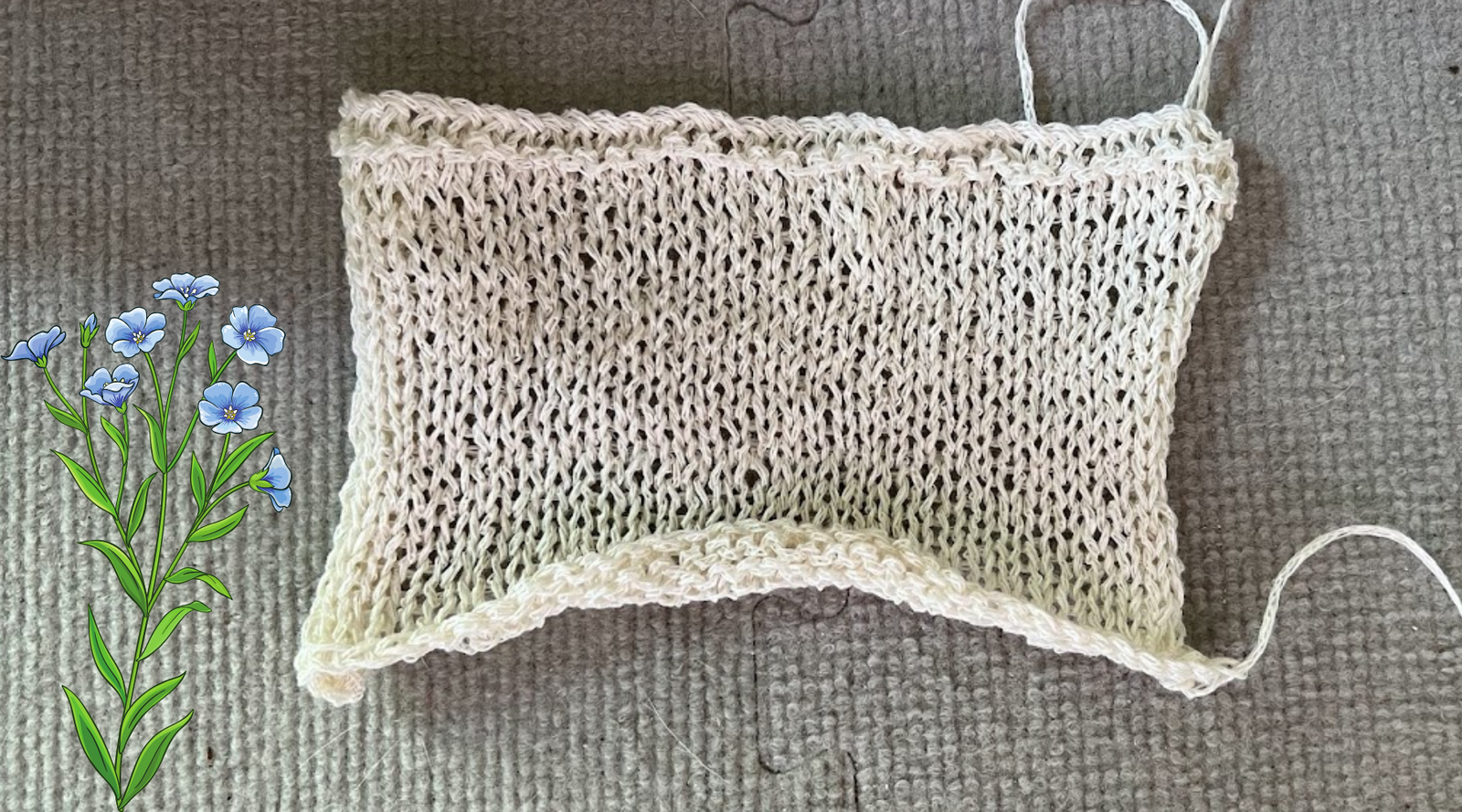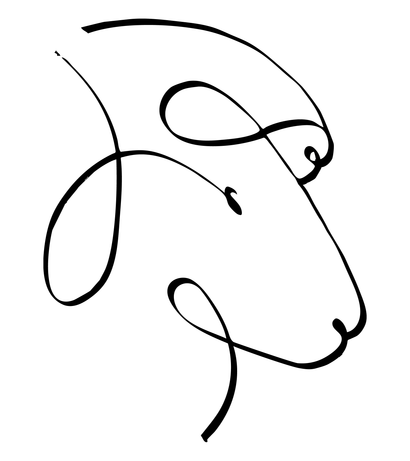Free shipping on all domestic orders over $150
Free shipping on all domestic orders over $150
Shop
Add description, images, menus and links to your mega menu
A column with no settings can be used as a spacer
Link to your collections, sales and even external links
Add up to five columns
Add description, images, menus and links to your mega menu
A column with no settings can be used as a spacer
Link to your collections, sales and even external links
Add up to five columns

Blocking matters -- why linen and cotton block differently
May 19, 2025 3 min read 3 Comments
Finishing is super important for sweaters that look great, and a big part of finishing is the blocking. If you’ve been with me a while, you’ve heard me say more than once that I’m not a fan of wet-blocking sweaters, especially wool sweaters. Wool is springy and elastic, but it’s also surprisingly fragile when it’s wet. That’s why, when I’m working with wool, I’m all about steam and gentle shaping. But when it comes to plant-based fibers like linen and cotton, the rules change—and that’s exactly what I want to dig into today.
The science behind the fibers
Wool is fragile when it's wet
We all know untreated wool can felt when it's wet, but I'm talking about something else. The real issue with wools fragility when wet lies deeper—in the molecular structure.
Wool gets its strength from hydrogen bonds that form between protein molecules inside the fiber. When wool is dry, those bonds are strong and keep the fiber springy and resilient. But when wool gets wet, those hydrogen bonds are disrupted. The structure weakens, and wool becomes much more prone to stretching and sagging.
That’s why I’m opposed to wet blocking wool sweaters. A heavy wet wool garment is vulnerable and prone to overstretching and even breakage.
Plant-based fibers are stronger when they're wet
Now let’s talk about linen and cotton—cellulose-based fibers. Unlike wool, plant fibers don’t rely on hydrogen bonds for their strength. In fact, they become stronger when wet.
That’s why we can block them aggressively, pulling and pinning them into shape without damaging the fabric. And in some cases, we have to. So, if you're working a plant-based fiber project with a lot of drape, like one of Yumiko Alexander's designs, you will absolutely need to wet that fabric and pull it into the size and shape you want.
The swatch is everything
When we're knitting with DanDoh Linen or another plant-based yarn that you're going to block open, start by swatching a bit more tightly. For instance, if the finished gauge is 16 stitches per 4 inches, I might typically start swatching with a US9 (5mm) needle. But with linen, or other plant-based fibers, I might start on a US8 (5.0mm) or even a US7 (4.5mm). Then when you soak and stretch the fabric, you will probably find that it opens up to the gauge you need. Pin it and let it dry.
After it's dry, the swatch tells the truth. It will show you what gauge you'll actually get after you've stretched and shaped the fabric. That’s when you will know if the needle you've chosen will give you the right gauge for the garment you want to make. It might feel weird knitting something that looks too small, but trust your swatch. The blocked fabric is the final fabric. Follow the gauge you measured post-blocking, even if the in-progress garment feels off—it will bloom and drape beautifully after finishing.
Fluid fabric, not floppy knitting
There’s a huge difference between a floppy, loose knit and a well-blocked fluid fabric. Fluidity is something you build into the fabric through careful knitting and intentional blocking, not just a loose gauge. Resist the temptation to choose a larger needle for your gauge and skip the blocking.
In last week’s blog post on fluid garments, I talked about how these softly draping shapes skim the body and let the fabric—not the fit—do the work. DanDoh Linen is perfect for this. It doesn’t bounce. It doesn’t cling. It just flows.
But to get there, you need to block with intention. Soak the fabric. Stretch it. Let it relax. That’s how you unlock the true beauty of these plant-based yarns.
Want to see it in action?
On this week’s YouTube Live, I’m showing how we will block DanDoh Linen and other plant-based yarns. You’ll see how the fabric transforms, what gauge looks like before and after, and why this step matters so much.
Join me Wednesday night—and bring your questions!
Warmly,
Ellen
3 Responses
Rita
May 21, 2025
I would love to knit with DanDo Linen is there a way I can see the video without instragram?
Thank you
Addicted Knitter 🧶🧶
Christine
May 20, 2025
I can’t seem to find video with you And Ginny wearing Dan Doh garments really would like to see this, to see them on people give me a better idea will they suit me. I can’t get on to instagram.Could you you show them on your weekly video,which l e joy so much. Very keen knitter.


Dana
May 21, 2025
I also do not do Instagram, but would love to see the video of blocking.and of the Dan Doh garments. I so appreciate the info you share. Thanks!